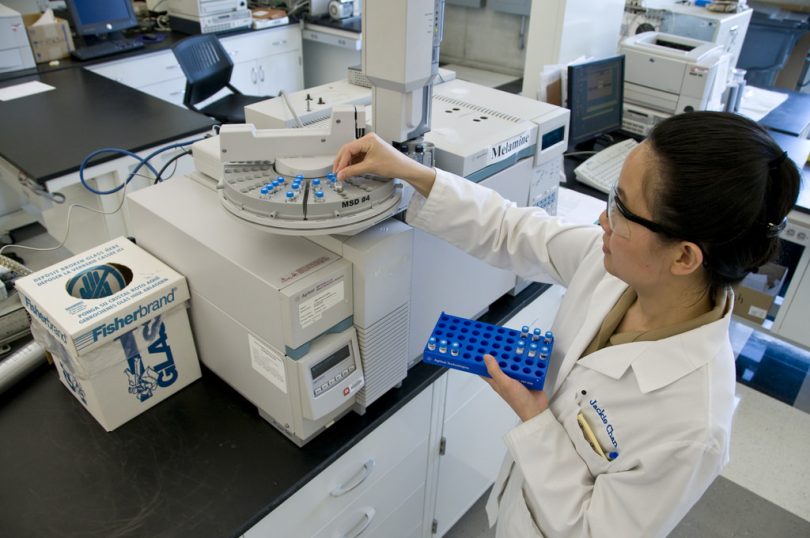Chromatography is coined from the Greek word chroma- that means Colour and -graphene which means to write. First recorded use of column chromatography can be traced back to Russian scientist Mikhail Stet who smashed calcium carbonate to a tube and additional homogenized green plant leaves followed by organic solvent. He saw colored bands different as solvent passed through the tube. That is how chromatography began in practice initially by successfully separating a variety of pigments from the leaves. In the modern world, there are numerous analytes which are colourless and are separated by chromatographic methods, like HPLC, which are still coined under exactly the identical name.

Separation of analyte happens dependent on the analyte’s interaction with the mobile phase and stationary phase. It is technology based on the principle that smaller dimensions Particles lead to greater efficiency, faster separations with superior resolution, and sensitivity. However, to tolerate intense pressure from particles smaller than two µm, the machine has to have the ability to manage high backpressure. The efficacy these columns produce shouldn’t be lost elsewhere in the device’s live volume. For all these reasons, UHPLC tools were created. While UHPLC tools cost a fortune, there is always a desire to utilize present HPLC instrument and attain UHPLC equal performance. In the late 2000’s, Phenomenex released 2.6 µm Kinetics Core-Shell Tech columns, which supplies UHPLC performance on a conventional HPLC.
There are tons of chromatographic modes of separation and each has its own merits. Provided below is a hplc testing column selection tree to direct readers to select the right mode of analysis. Although there are lots of separation modes available to resolve mixtures chromatographically, reversed phase separation is very popular and the most frequent manner of liquid chromatography. The solution is simple. Chromatography evolved from using Polar stationary phase and non-polar mobile phase as the significant mobile phase component and has been regarded as normal practice. Thus, the name normal stage. Although this mode separated analytes according to an analyte’s polar character, there were lots of analyte mixtures which weren’t polar and had hydrophobic feature that needed separation. Using non-polar stationary phase and polar mobile phase helped to separate these hydrophobic analytes. As this practice is reverse of normal phase, the expression reversed phase is utilized.